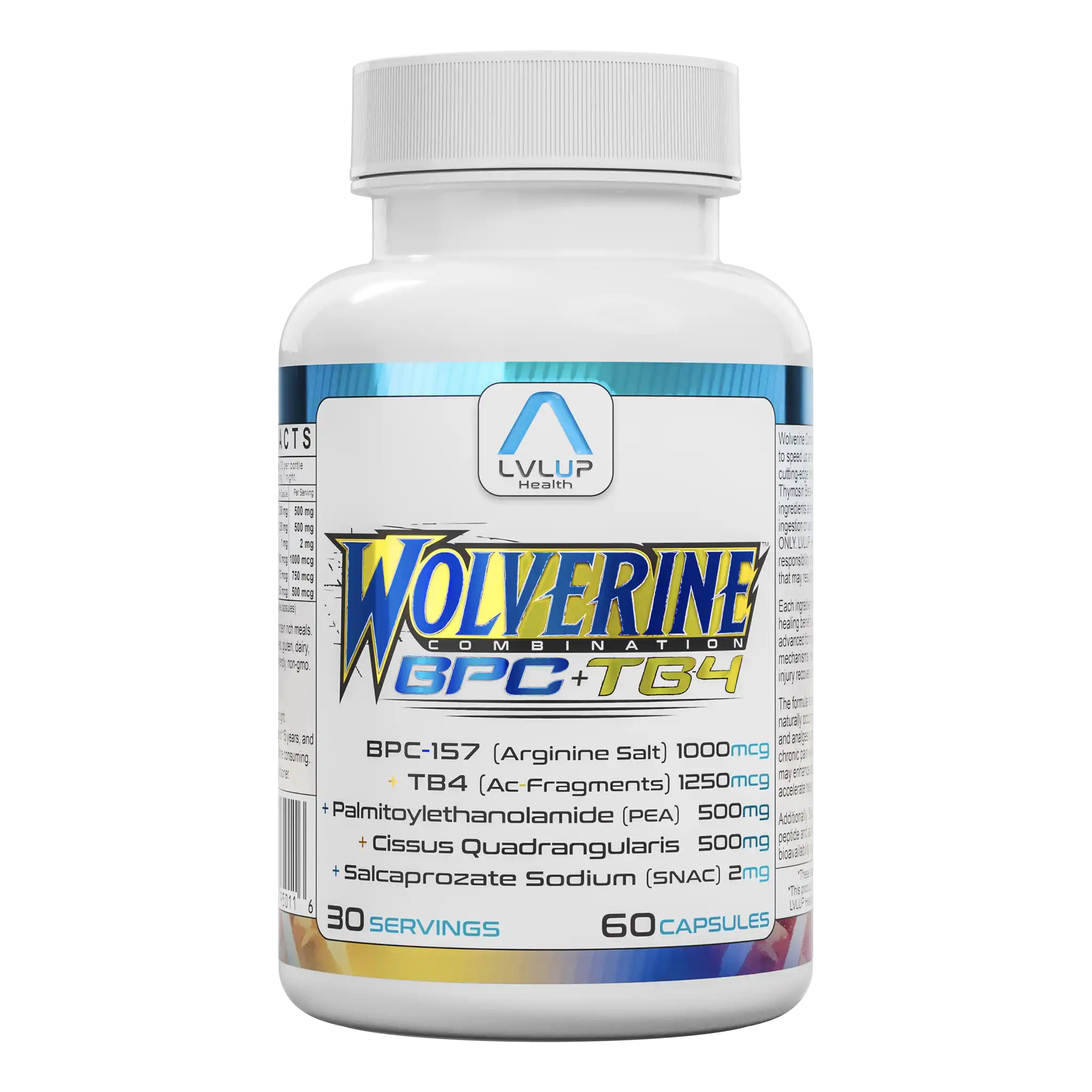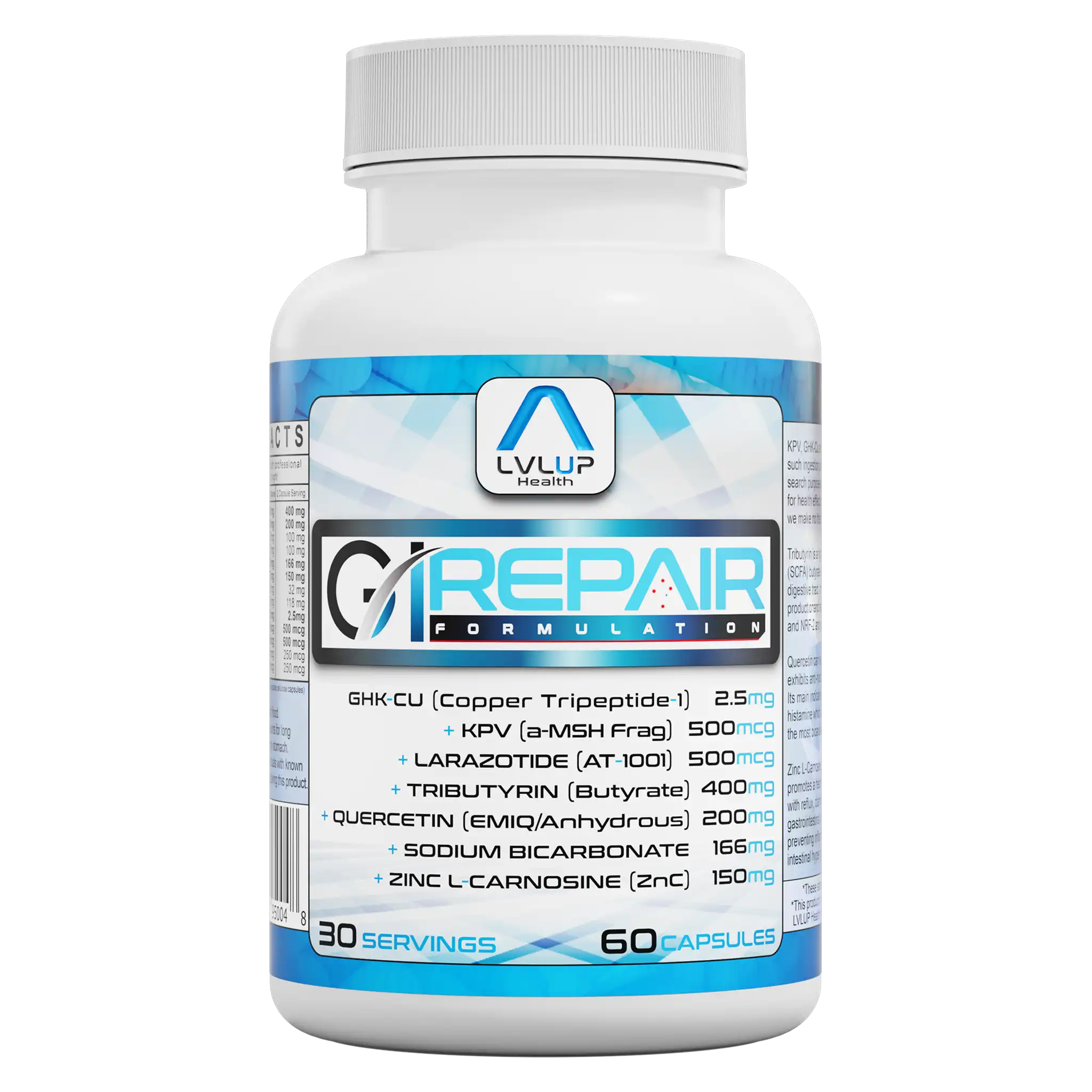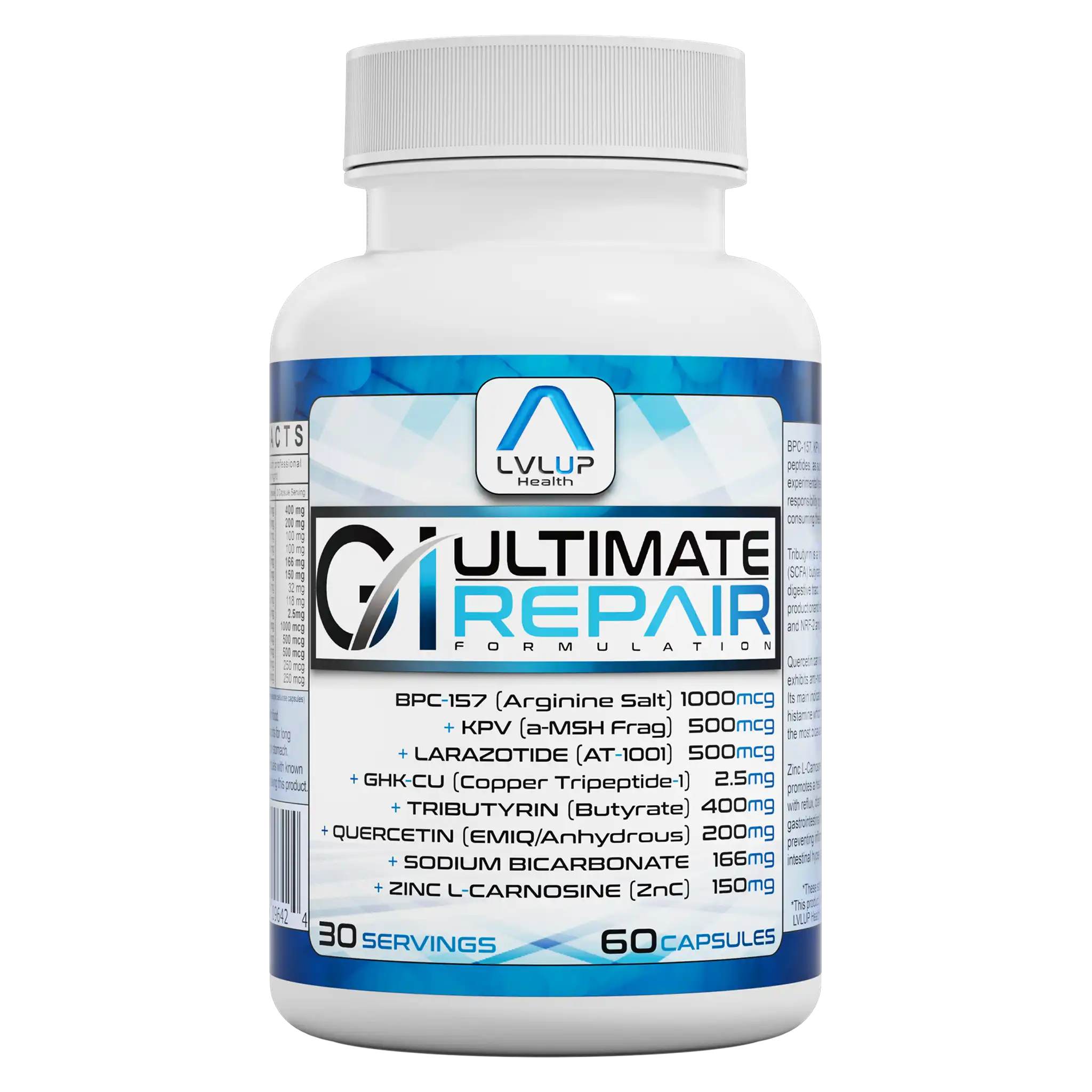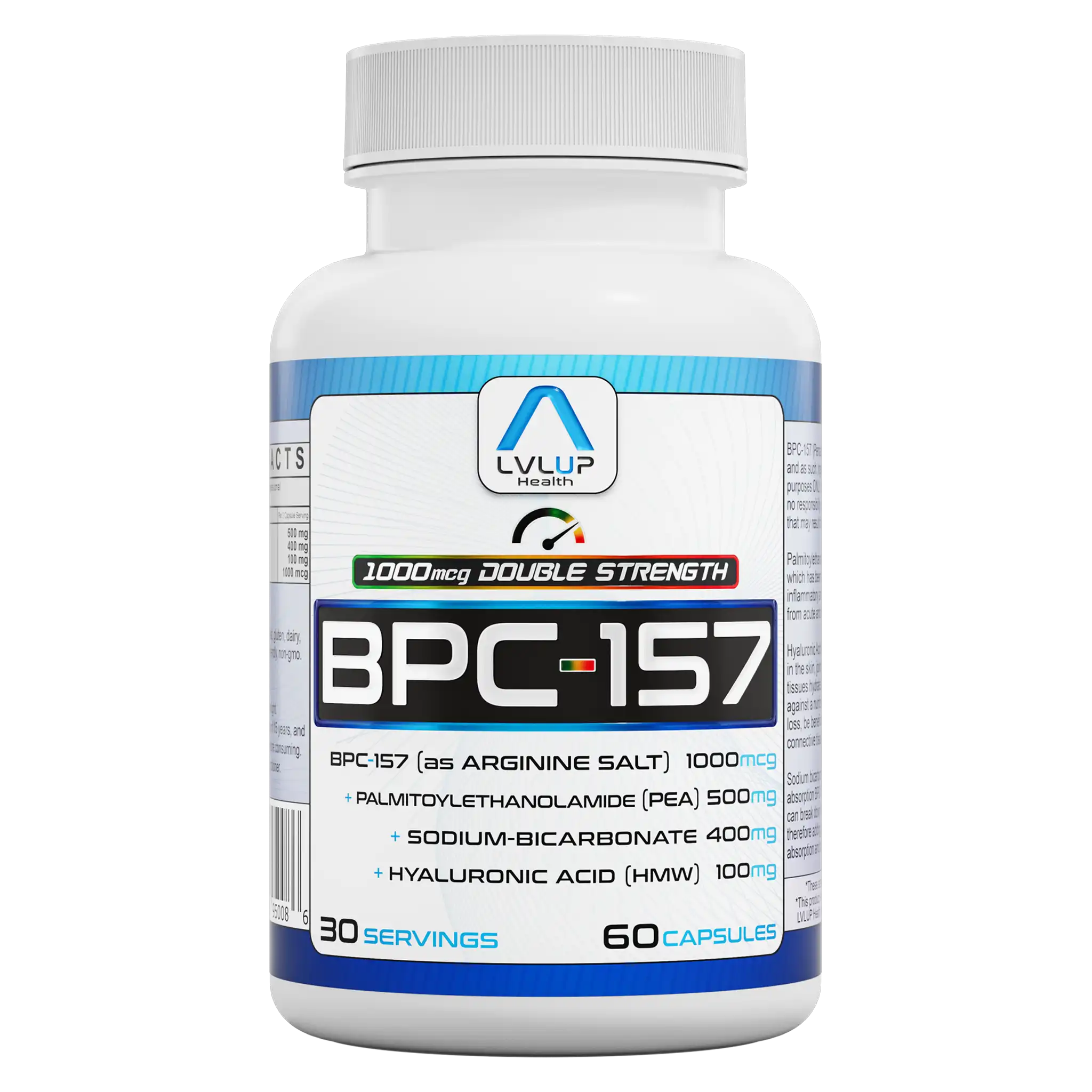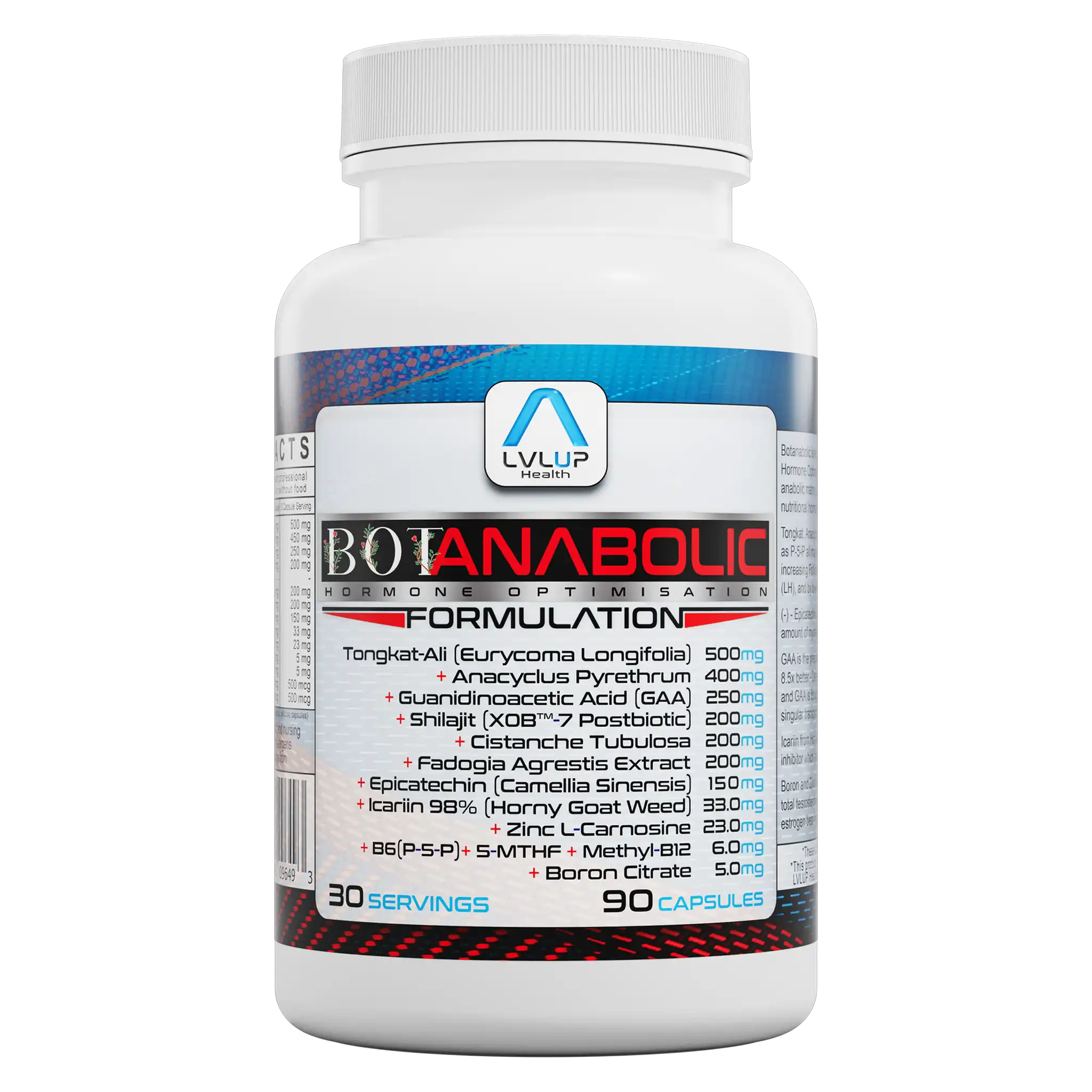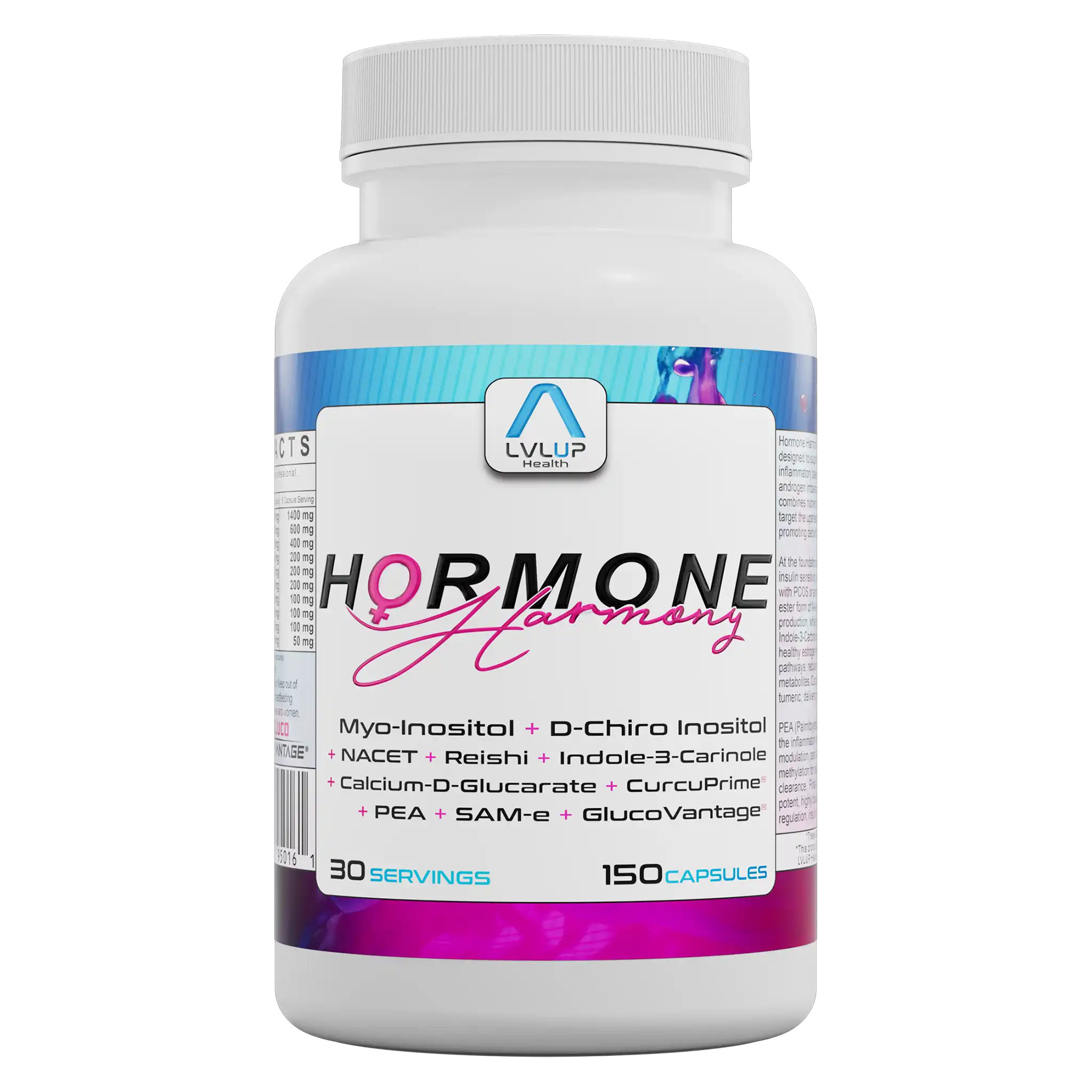Tetrahydrocurcumin
About Tetrahydrocurcumin
What is Tetrahydrocurcumin?
n
Tetrahydrocurcumin belongs to a family of compounds found in turmeric, but unlike plain curcumin, it’s what your body produces after metabolizing turmeric. This conversion leads to a compound that’s less likely to degrade in the digestive tract. Because it’s more stable and less prone to oxidation, tetrahydrocurcumin allows formulators to work with lower doses while aiming for consistent results.
n
n
Applications in Supplements
n
It’s become popular in complex daily blends supporting hormone health, metabolic resilience, and cellular defenses. In these roles, tetrahydrocurcumin lends support through several mechanisms studied in experimental models – especially involving inflammatory pathways and oxidative stress. Fans of biohacking culture often look for this ingredient when they want a more predictable effect compared to standard turmeric extracts.
n
n
Why It Stands Out
n
If you’re regularly reading up on advanced supplement ingredients or tuning into discussions about the “active metabolites” behind traditional botanicals, tetrahydrocurcumin is probably on your radar. It brings some of the best features of classic curcuminoids but sidesteps common pitfalls like low absorption or instability during digestion.
n
Found In
Formulated With
Detailed Information
Chemical Nature and Stability
n
Chemically, tetrahydrocurcumin (THC) is a hydrogenated analog of curcumin (1,7-bis(4-hydroxy-3-methoxyphenyl)-3,5-heptanedione). Through reductive metabolism by gut microbiota or enzymatic hydrogenation in vitro, the heptadienone bridge of curcumin becomes saturated. This loss of conjugated double bonds greatly increases resistance to oxidative degradation and enhances water solubility.
n
n
Biological Activity
n
THC demonstrates robust radical scavenging activity that surpasses parent curcuminoids in several redox assays (DPPH•, ABTS•+). It modulates inflammatory cascades at both gene transcription and protein expression levels; published studies note downregulation of cytokines such as TNF-α and IL-6 alongside attenuation of COX-2 synthesis. Animal models have shown modulation of nuclear factor erythroid 2–related factor 2 (Nrf2) signaling and attenuation of NF-κB translocation.
n
n
Pharmacokinetics and Emerging Research
n
Pharmacokinetic studies report higher plasma recovery rates for THC compared to native curcuminoids post oral administration due to its improved absorption profile and metabolic resistance. Its glucuronide and sulfate conjugates exhibit longer half-lives systemically. Emerging research explores THC’s role as a supporting agent in hormone regulation via impacts on estrogen receptor modulation and indirect influence on cytochrome P450 enzymes involved in steroidogenesis.
n
